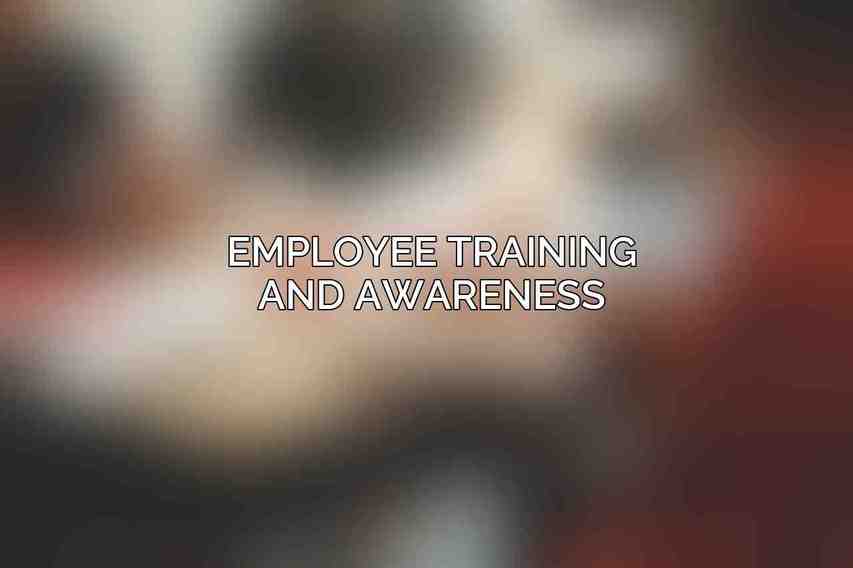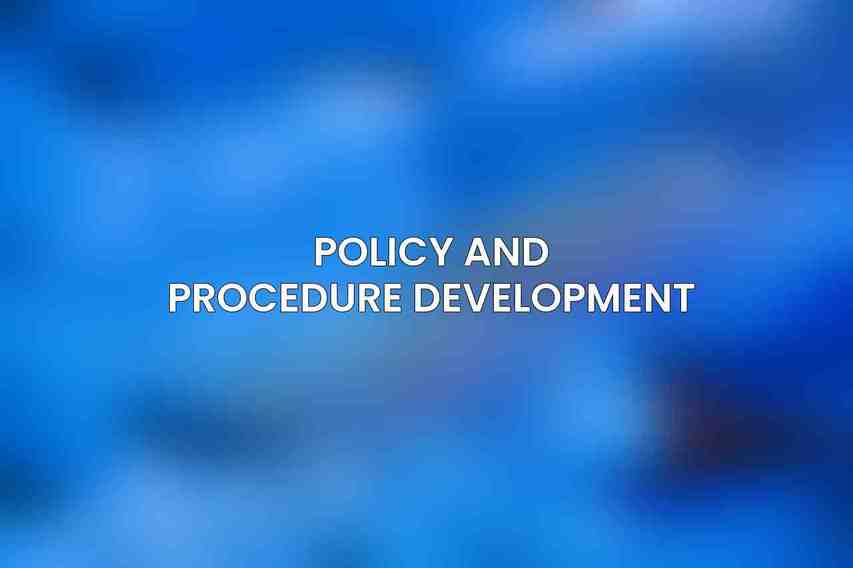The importance of cybersecurity in business cannot be understated. with cyber threats evolving constantly, organizations face significant risks from data breaches that can have severe consequences not only on their reputation and finances but also on legal and regulatory compliance. Safeguarding sensitive information and maintaining the trust of customers, partners, and stakeholders is crucial for the long-term success of any business. Find more on Essential Strategies to Prevent Business Data Breaches in 2024
Cybersecurity Framework
When it comes to establishing a robust cybersecurity strategy, businesses can turn to established frameworks such as the NIST Cybersecurity Framework, ISO 27001/27002, and the SANS Institute Critical Security Controls. These frameworks provide guidelines and best practices for organizations to identify, protect, detect, respond to, and recover from cybersecurity threats effectively.
Implementing Cybersecurity Measures
Physical Security
Physical security measures are the first line of defense in protecting business assets. Implementing access control systems, surveillance cameras, and security guards can help prevent unauthorized access to sensitive areas within the organization.
| Physical Security Measures |
|---|
| Access Control Systems |
| Surveillance Cameras |
| Security Guards |
Network Security
Securing networks is paramount in preventing cyberattacks. Firewalls, intrusion detection and prevention systems (IDS/IPS), and virtual private networks (VPNs) are essential components of network security architecture.
Endpoint Security
Protecting endpoints such as laptops, desktops, and mobile devices is critical. Utilizing antivirus and anti-malware software, implementing patch management practices, and deploying application whitelisting can enhance endpoint security.
Data Security
Data is a valuable asset that requires protection. Employing data encryption, regular data backup and recovery strategies, and data classification processes can help safeguard sensitive information.
Identity and Access Management
Managing user identities and controlling access to systems is vital. Multi-factor authentication (MFA), identity and access management (IAM) systems, and role-based access control (RBAC) help ensure that only authorized individuals can access specific resources. Read more on The Ultimate Guide to Business Security Systems 2024
Security Monitoring and Incident Response
Continuous monitoring of security events and swift incident response are crucial aspects of cybersecurity. Security information and event management (SIEM) systems, security operations centers (SOCs), and well-defined incident response plans are essential for mitigating threats effectively.
Employee Training and Awareness

Employees are often the weakest link in cybersecurity. Providing regular cybersecurity awareness training programs, conducting phishing and social engineering simulation exercises, and establishing clear incident reporting and escalation procedures can empower employees to act as a strong line of defense against cyber threats.
Policy and Procedure Development

Creating and enforcing cybersecurity policies and procedures is fundamental to establishing a security-conscious culture within the organization. Developing robust policies related to cybersecurity, data handling, incident response, and business continuity planning can help provide clear guidelines for employees to follow.
Stay tuned for the next part of the article!
Frequently Asked Questions
Question 1
Why is cybersecurity important for businesses?
Answer 1
Cybersecurity is crucial for protecting sensitive information, customer data, and intellectual property from cyber threats, such as hackers, malware, and phishing attacks.
Question 2
What are some common cybersecurity threats businesses face?
Answer 2
Common cybersecurity threats include ransomware, phishing scams, data breaches, and DDoS attacks, which can have severe consequences for businesses if not adequately addressed.
Question 3
How can a business assess its cybersecurity needs?
Answer 3
Businesses can conduct a cybersecurity risk assessment to identify vulnerabilities, prioritize threats, and develop a comprehensive security strategy tailored to their specific needs.
Question 4
What are some best practices for implementing cybersecurity measures?
Answer 4
Best practices include implementing strong passwords, regularly updating software, providing employee training on cybersecurity awareness, encrypting sensitive data, and using multi-factor authentication.
Question 5
What should a business do in case of a cybersecurity incident? Check this blog on 2024 Guide to Business Security Compliance & Regulations
Answer 5
In the event of a cybersecurity incident, businesses should have a response plan in place to contain the breach, notify affected parties, and restore systems and data to minimize the impact of the incident.

